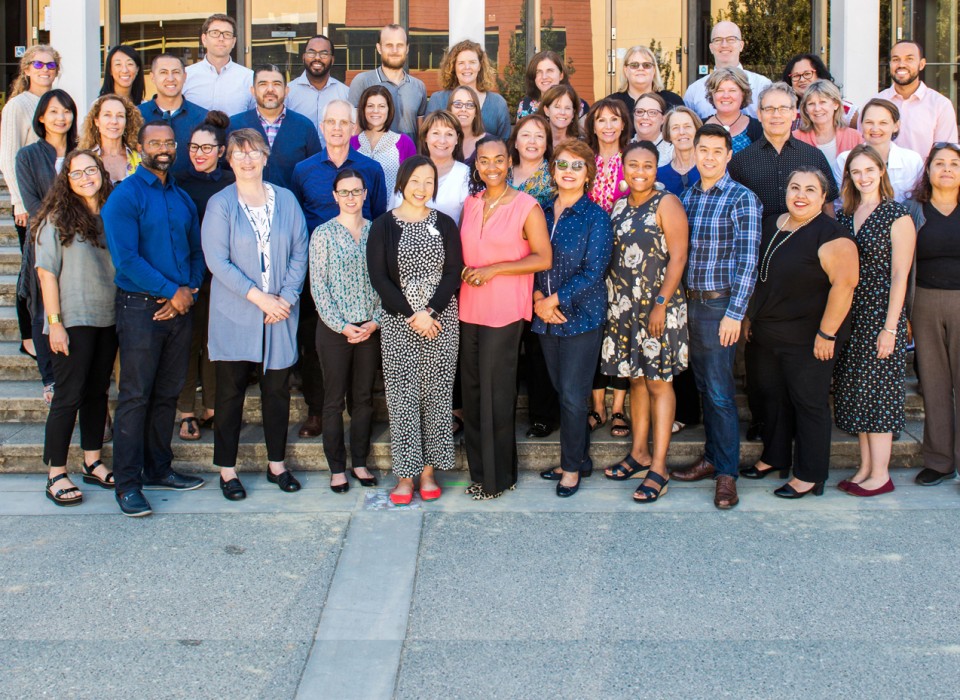Effect of developmental stage on viability of medusahead seeds
Student Name: Catalina Zhao
UCD Department: Plant Sciences
UCD Mentor: Dr. Emilio Laca
Medusahead (Mh, Taeniatherum caput-medusae, (Sim). Nevski, Elymus caput-medusae), a noxious, invasive, annual grass, has invaded millions of acres in west coast states and is destructive to the natural ecosystem. Mh invasions decrease biodiversity, commercial and wildlife grazing value, and the capacity and recreation value of rangeland. Mh has a maximum period of susceptibility in the spring to control methods, but the start and end point are unknown. Thus, control methods, such as mowing, grazing, fire and herbicides, are ineffective or not feasible. The purpose of this project is to find the end point in that period to improve the timing of controls. First, a classification of partial Mh phenology, from post-pollination to complete maturity, was constructed. Then, seeds of different life stages from three different regions in California were germinated to find the germination percentages of each stage. The data, along with the results of a 1957 seed germination experiment, was then analyzed to identify the end point and to examine regional differences in Mh viability. The latest phenological stage at which Mh is still susceptible to control was found to be Intermediate 2. Also, differences in germination among the regions were identified.








